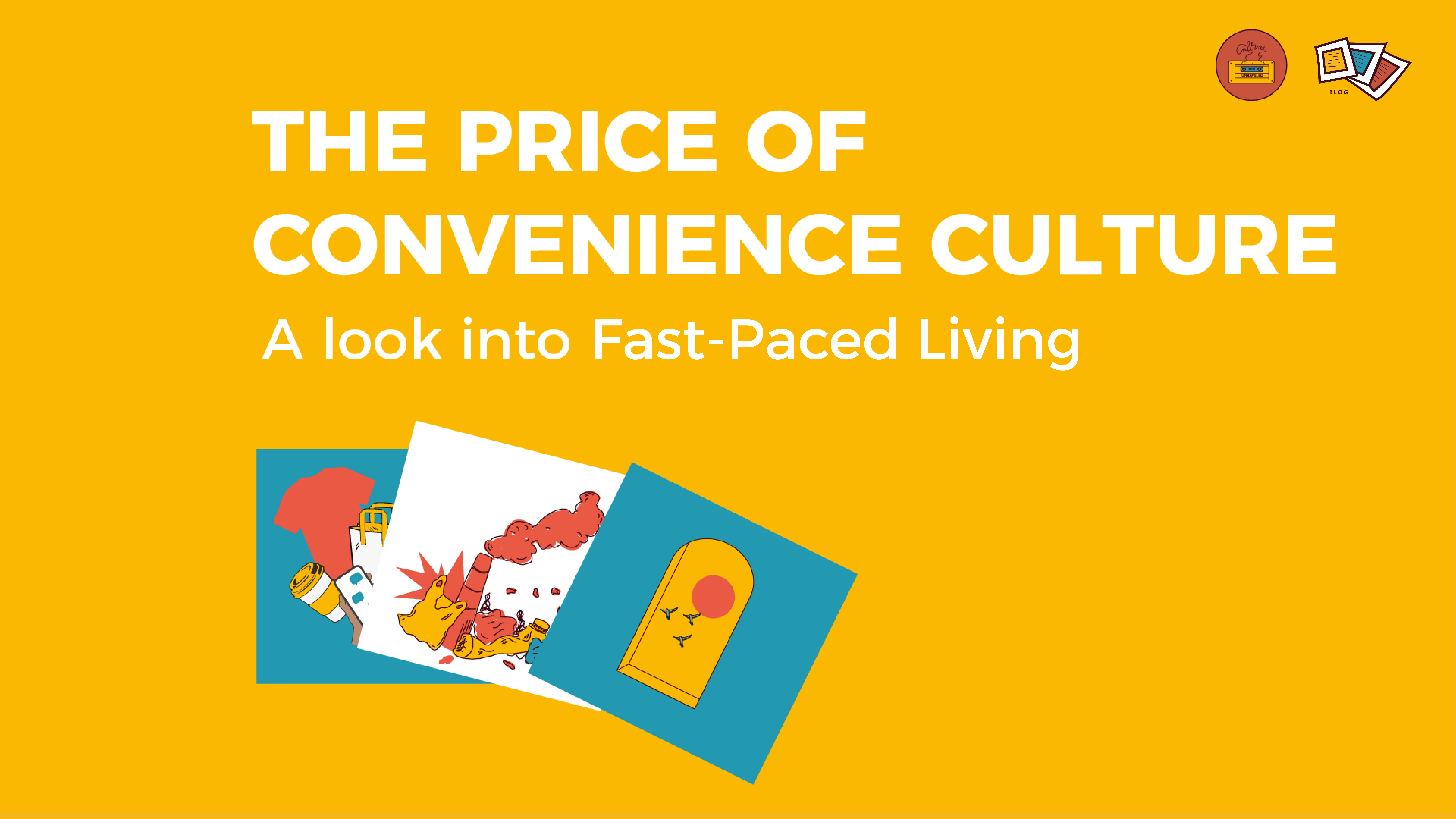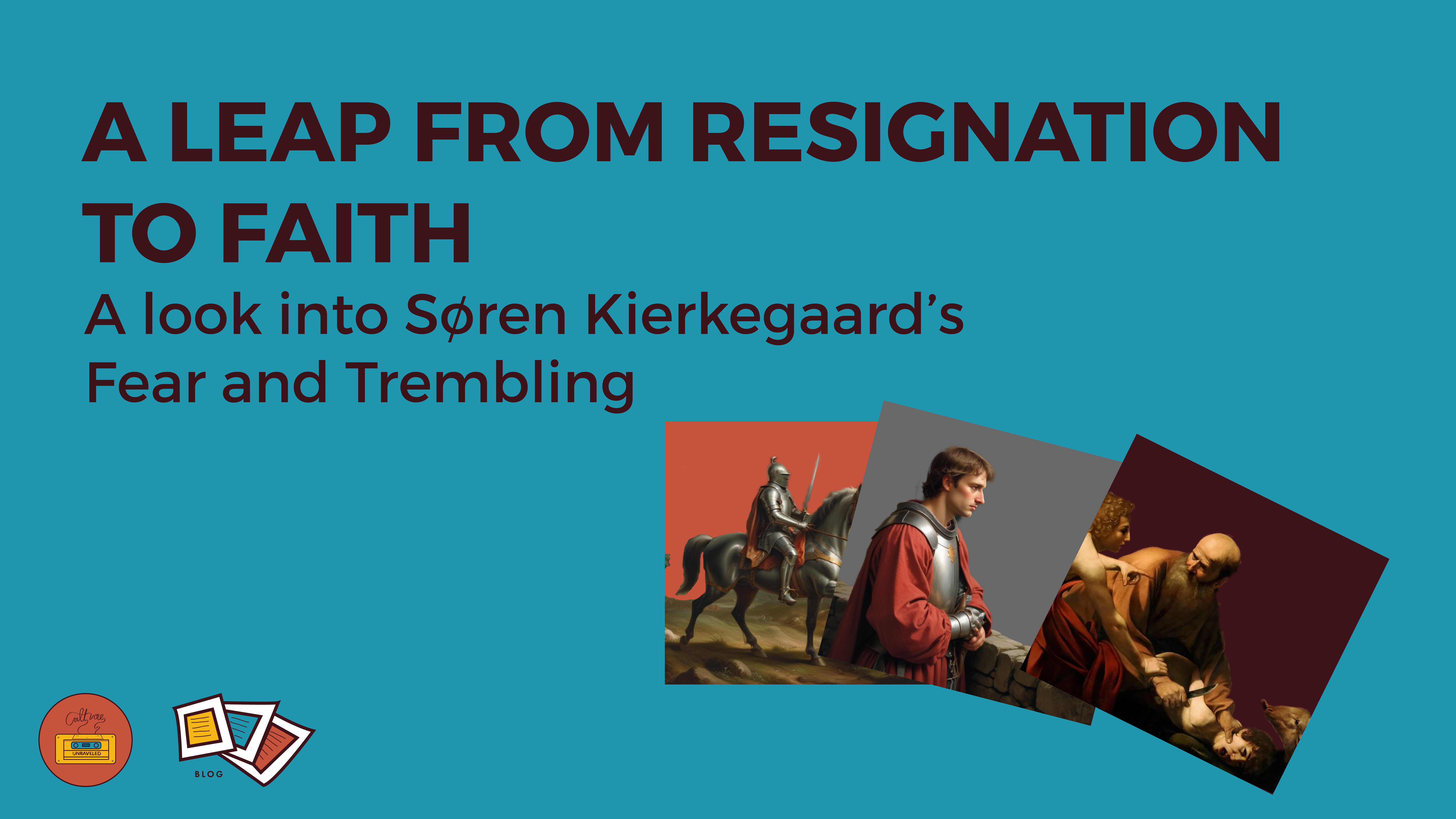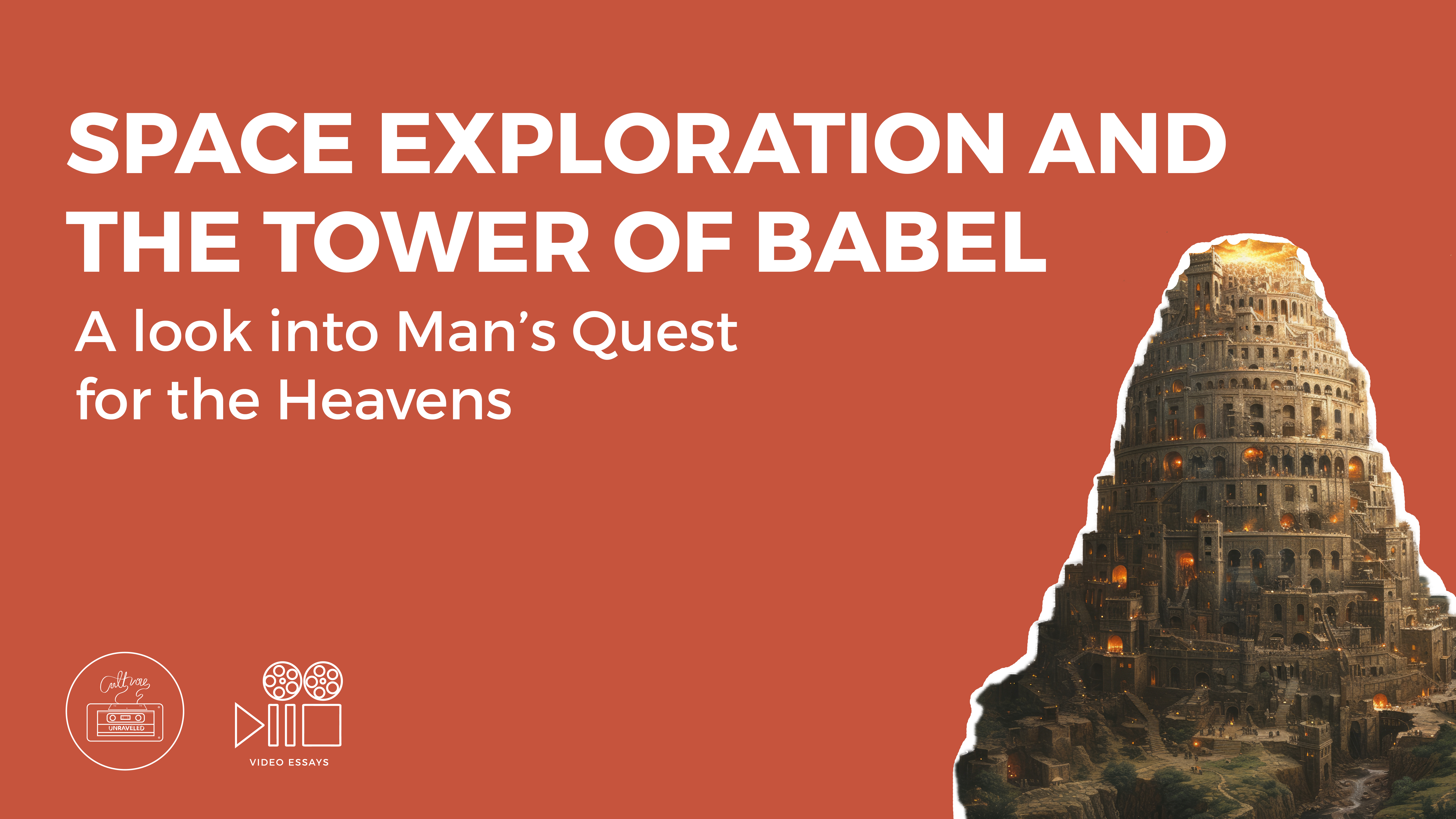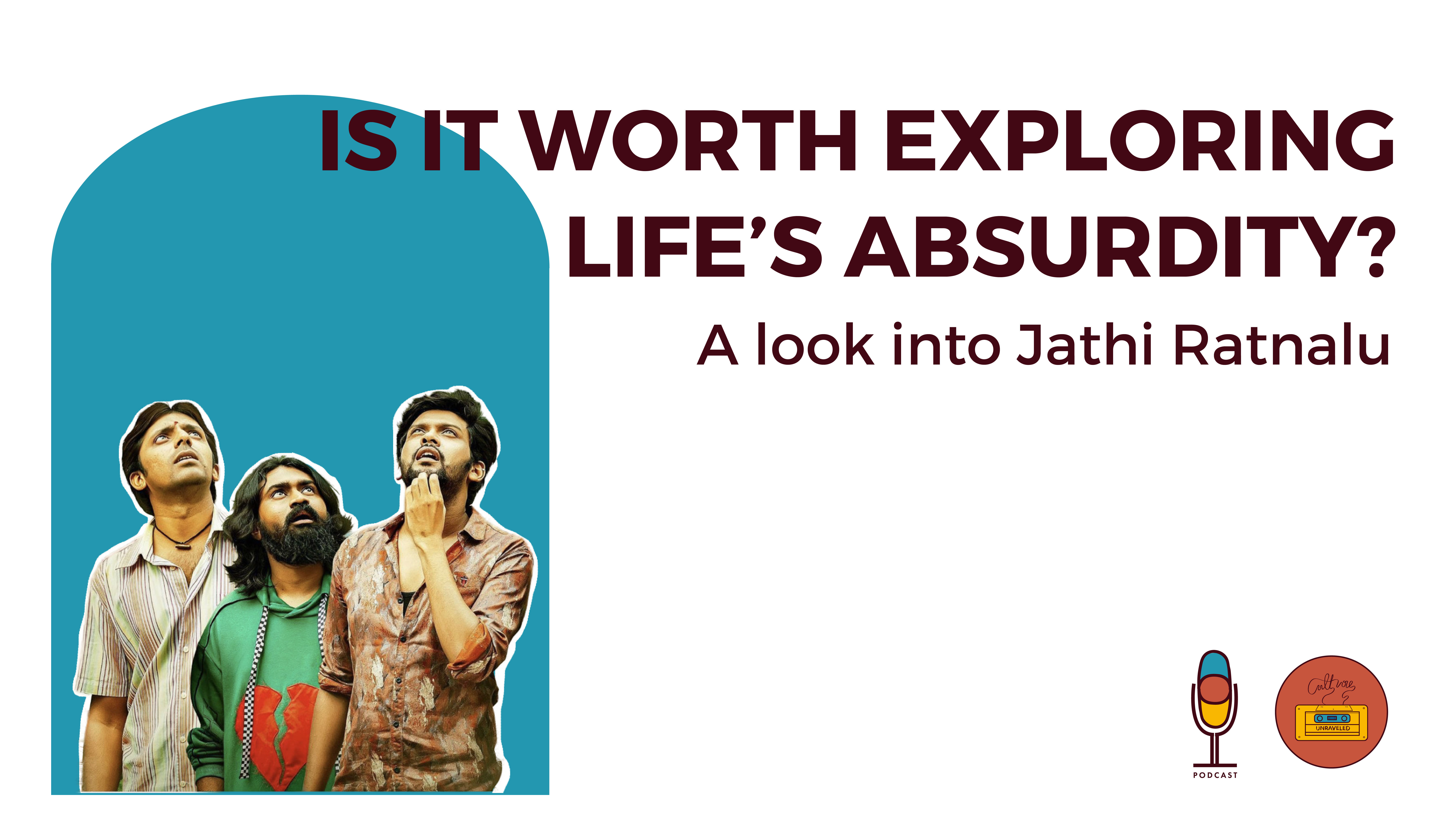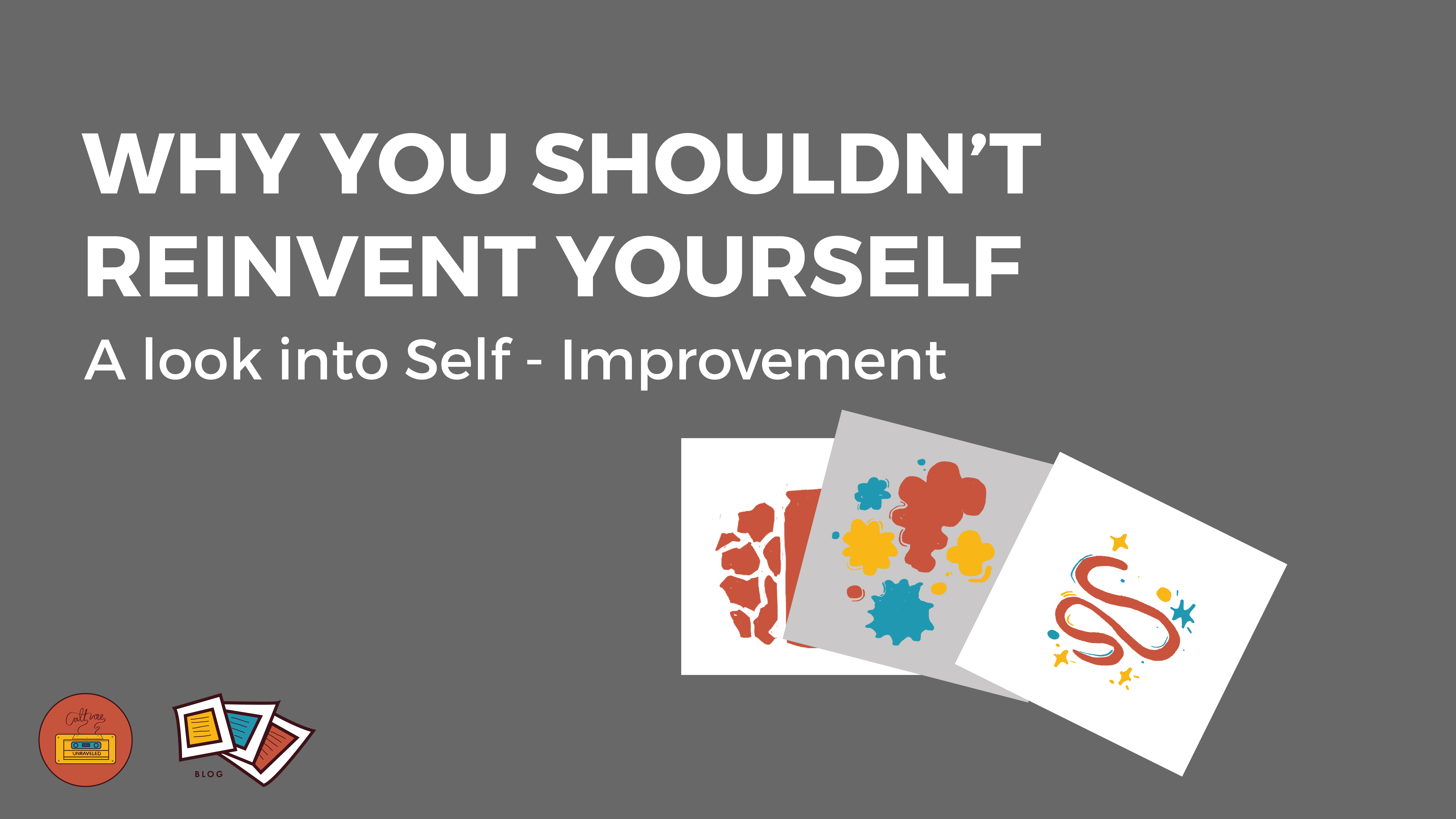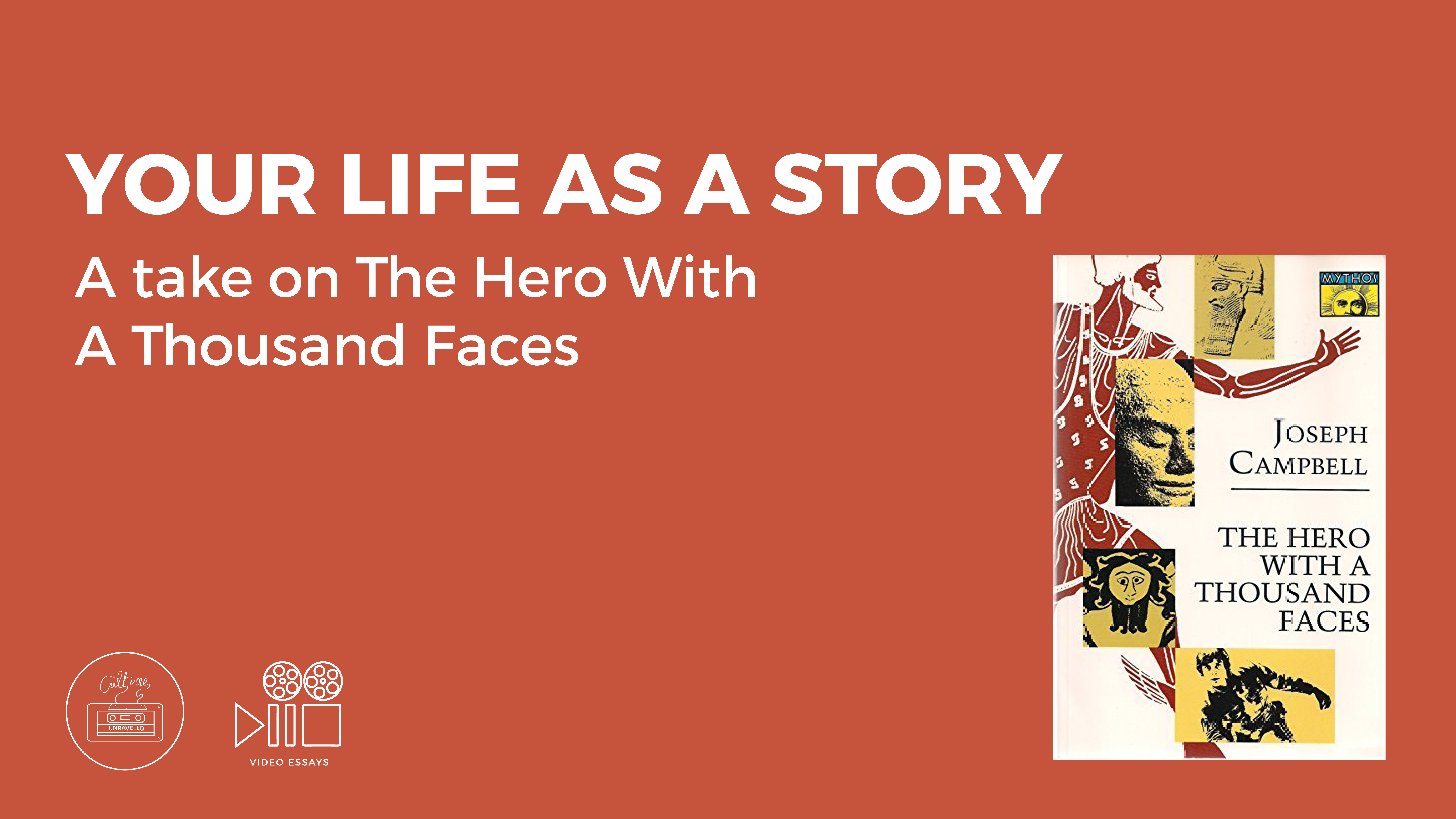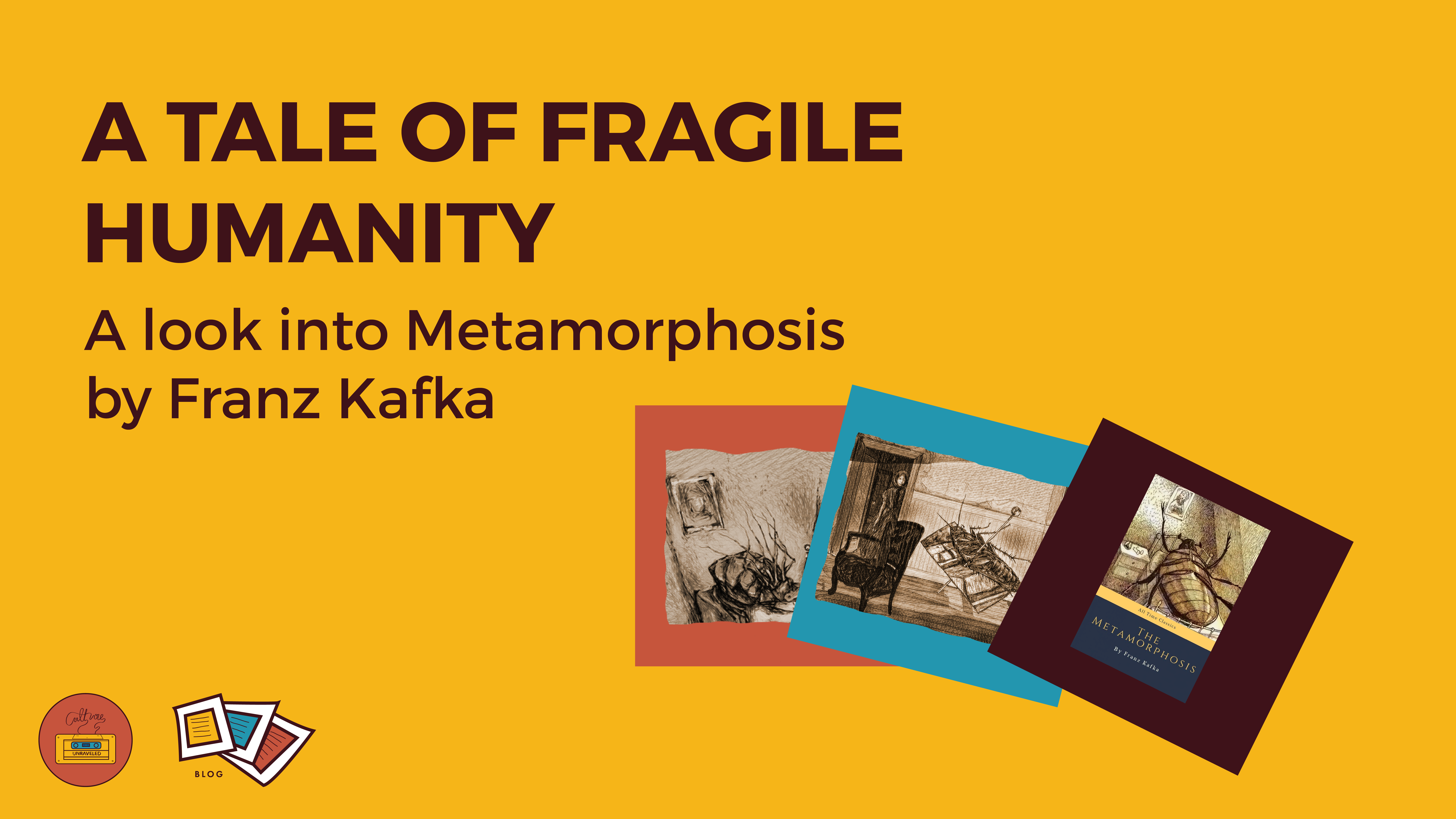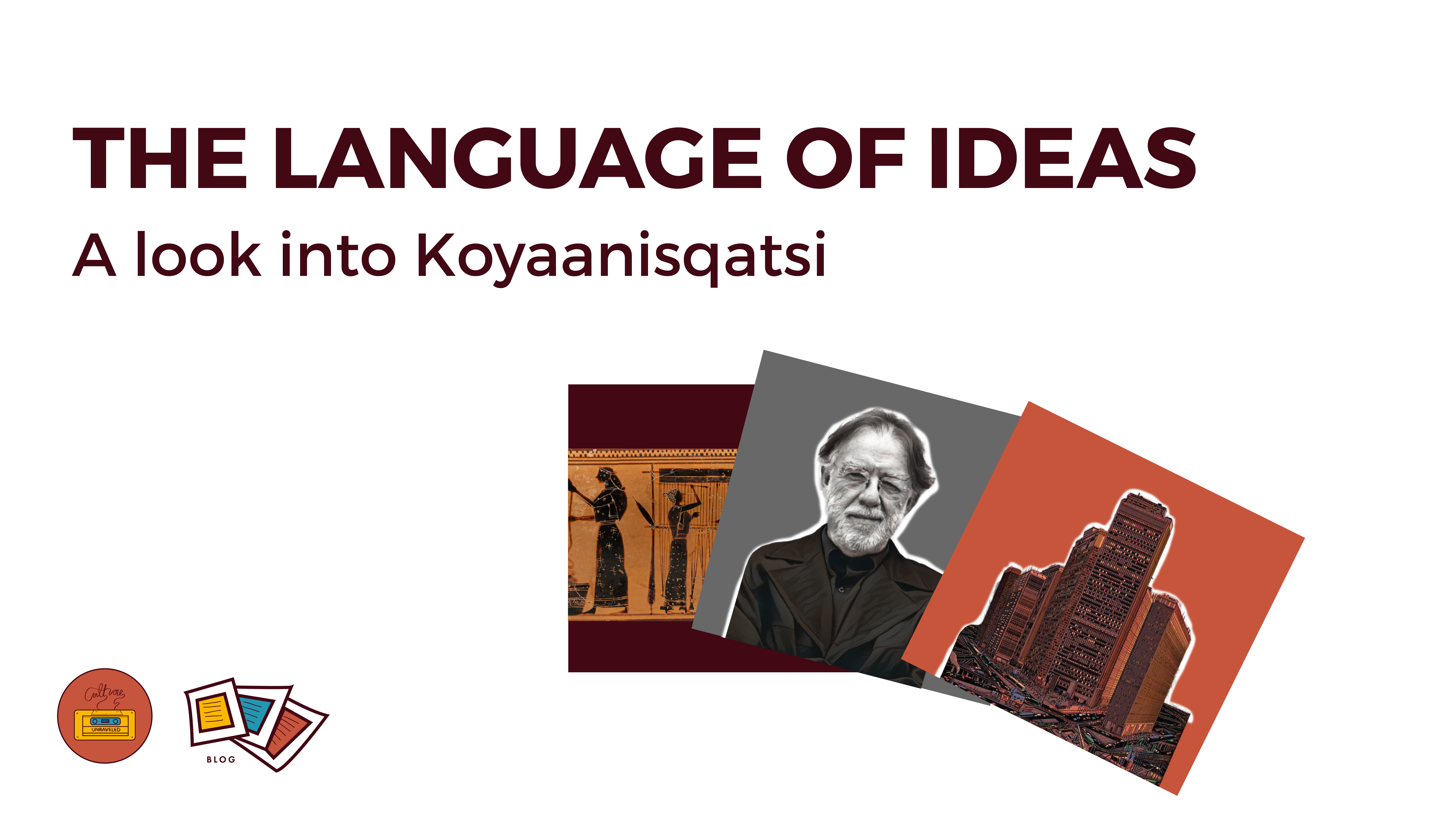
The Language of Ideas
A Look into Koyaanisqatsi
Since the very beginning of human civilization, stories have been a driving force in the movement of self reflection and analysis. They offer us a collective medium through which we may deposit the ideas and phenomena of our time, which in turn, allows us to study and attempt to understand these ideas and phenomena. But how do we truly articulate and communicate these ideas? What is the best way to convey the essence of our message without crowding it with too much unnecessary fluff and grandeur? And is that even what we should be aiming for?
In the late 70’s, fresh from the introspection that being a monk demands, an American named Godfrey Reggio set out to study and display in a way that had never been done before, the idea that we had not truly seen ourselves. That humans were living in an oblivious existence without considering or even beginning to fathom the profundity and true scale of our operation. A notion that Reggio believed was essential for humans to acknowledge and understand in order to attempt to be self aware and self improving. His time as a monk had prompted him to reevaluate the world he had been living in and the various oddities the society around him had come to accept as the norm. It was upon this base of thought that Reggio would make a documentary that would eventually offer a new and perhaps necessary perspective of what was actually going on around the people of that time and force them to come to terms with the world they were living in. This documentary was Koyaanisqatsi.
Corporate gain and groundbreaking technological breakthroughs in the latter years of the 20th century, saw to it that our current state of exponential increase in total technological integration would be a phenomenon that would occupy and dominate the collective consciousness of the human race for many years and decades to come. It was during this time, the late 70’s and early 80’s that Reggio began his groundbreaking documentary.
The documentary is unlike any other before it and is the ideal that many other documentaries seeked to live up to after. It is a 1 Hour 26 Minute long documentary that consists only of video and no words. A commentary by way of moving images. The subject of these moving images range from mountains, clouds, water & nature, to the grease and grit and repetition of the factories that run the world. All framed, composed and designed with Reggio’s singular artistic eye and Philip Glass’ mesmerising music. A tool often utilised in the documentary was timelapses, which many viewers credited with changing their view of the world and enveloping them with the true sense of the continuity of time and the constancy of corporate output. Reggio chose to film things that we take for granted, but are the backbone of the world. Such as factory workers repeating the same task for hours on end, or the automated processes of machinery in automobile factories, or even the sheer magnitude of the reality of population just by filming a single escalator in a factory for 3 hours straight that resulted in a everflowing gust of people pouring through, forcing one to come face to face with the wonders of the reality we take for granted. Reggio chose to highlight and illuminate the consumerist and capitalist nature of the world without commenting on it, leaving the viewer with the capacity of total commentary control.
In an interview for the documentary, Reggio remarked, “What I tried to show, is that, the main event today is not seen by those of us that live in it. We see the surface of the newspapers, the obviousness of conflict, of social injustice, of the market, welling up of culture – but to me the greatest event or the most important event that perhaps our entire history, nothing past of this event is fundamentally gone unnoticed, and the event is the following: the transiting from old nature or the natural environment as our host of life for human habitation, into a technological meilleure, into mass technology as the environment of life.” Reggio was aware that technology wasn’t just something we were using, it’s something we are living. Reggio was attempting to hold a mirror up to society so that he need not comment on it, because the mere reflection of the world as it were would inherently bring with it it’s own commentary. The subject would be the commentary.
So where does this leave us?
What is the point of stripping down narrative and drama from a story? Is this something we ought to be doing? Perhaps it is, or maybe that isn’t the real message that we should draw from such works of art? Rather, we should allow ourselves to be open enough to consider the fact that we may not be fully tuned in to: the world around us and more importantly, our role in it. We should be able to embody the art of exploration and introspection, but not for a self aggrandizing purpose but rather to have a more holistic view of the world around us, which would result in a better toolkit of experience and perspective, enabling us to communicate more honestly and with enough other points of views to be as effective in our communication as we could be.
In 2 Corinthians 10, Paul writes to defend himself from the criticism he has been facing. In fact, in the King James Version, the chapter is titled, ‘Paul Answers His Opponents’.
In this chapter, Paul writes something about the perception of himself that I feel would be helpful in our stream of thought. Paul gets to a point where he starts to describe and impersonate the criticism that he has received, saying in verse 10: “For his letters, say they, are weighty and powerful; but his bodily presence is weak, and his speech contemptible.” This is the way Paul describes his critics, but his words after this is what I feel is of profound substance and truth. In the next verse, 2 Corinthians 10, Verse 11, Paul retorts: “Let such an one think this, that, such as we are in word by letters when we are absent, such will we be also in deed when we are present.” This particular verse speaks truth in a multitude of ways, but the way that most aptly relates to this topic of expression and communication of ideas, is that Paul realises that it all starts with us. What we attempt to communicate to others in whatever form or medium, in turn best defines ourselves. The message that we choose to send out is the very message that defines us.
Maybe this is how Koyaanisqatsi would best be characterised, and perhaps this is the type of work more people should strive to make – works of art that hold a mirror up to ourselves without overtly commenting on it. Perhaps what this would do is it would force us to examine ourselves without the framework of someone else but with their perspective still integrated into our framework which we choose to examine ourselves by, and hopefully, this would bring about a more holistic and genuine method of communication and that would enable us to have a more effective – language of ideas.
Author: Ben Joshua

